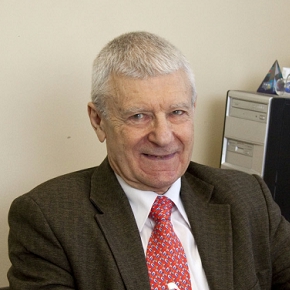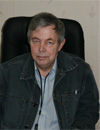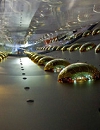 |
||
|
Fukushima soil decontamination zone may be larger than expected RIA Novosti, PUBLISHED October 05, 2011 The Japanese government said it would lay down new soil pollution standards for the area around the stricken Fukushima nuclear power station, expanding the soil decontamination zone to neighboring prefectures, the Asahi Shimbun newspaper said on Tuesday. Topics: NPP Fukushima Daiichi Other news: Siemens to withdraw entirely from nuclear industry The chapter for us is closed. Faster than light particles found in nuclear research experiment If the results are confirmed, they would fundamentally change the understanding of how the universe works. Iran in talks with Russia over new nuclear sites We are in talks with Russia on construction of new nuclear power stations. |
Hero of the day 
Georgy Toshinsky: Booming as a Driving Force to Trade (Reactors?) Not quite so. The authors of the concept, which was difficult to be realized in practice, turned to a clearer concept of a standing wave reactor (TP-1) that in principle allows finding the solution to the tasks stated for TWRs. INTERVIEW
Alexander Chistozvonov OPINION
Konstantin Bogdanov |

